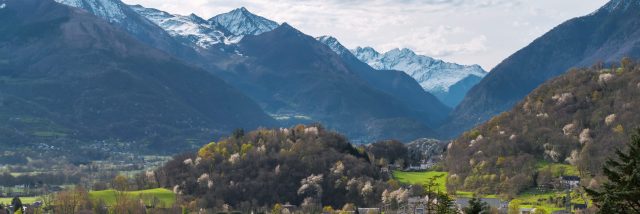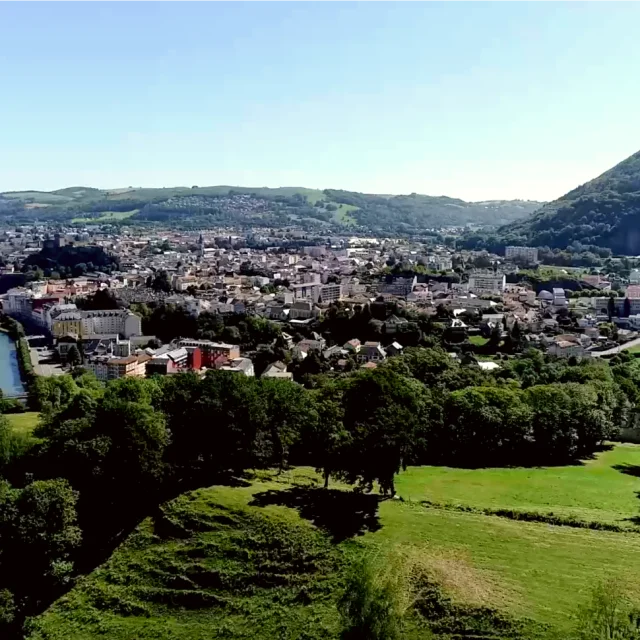Lourdes is the ideal starting point for discovering the beauty of the Pyrenees.
Between glacial lakes, unspoilt valleys and listed sites, set off on a nature adventure.
And don’t forget the spectacular caves and breathtaking panoramas that make this region so rich!






